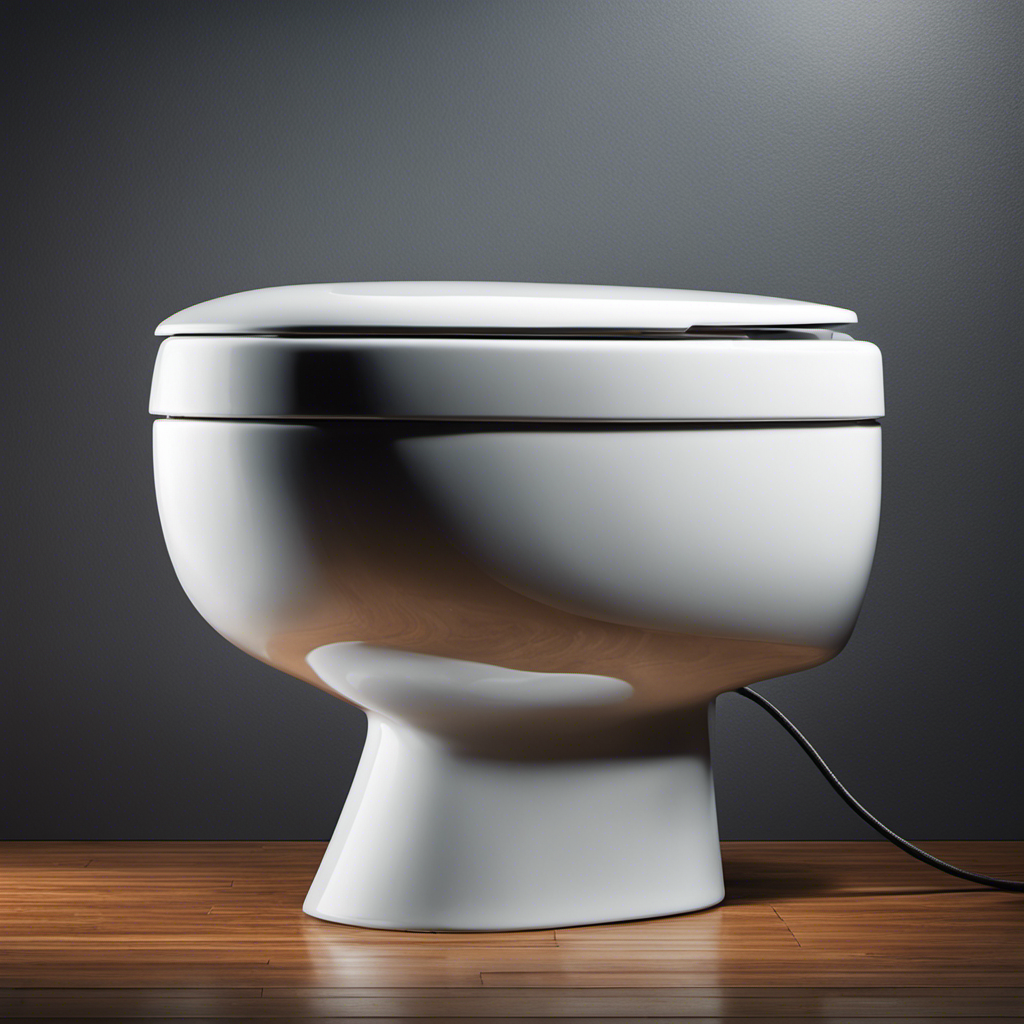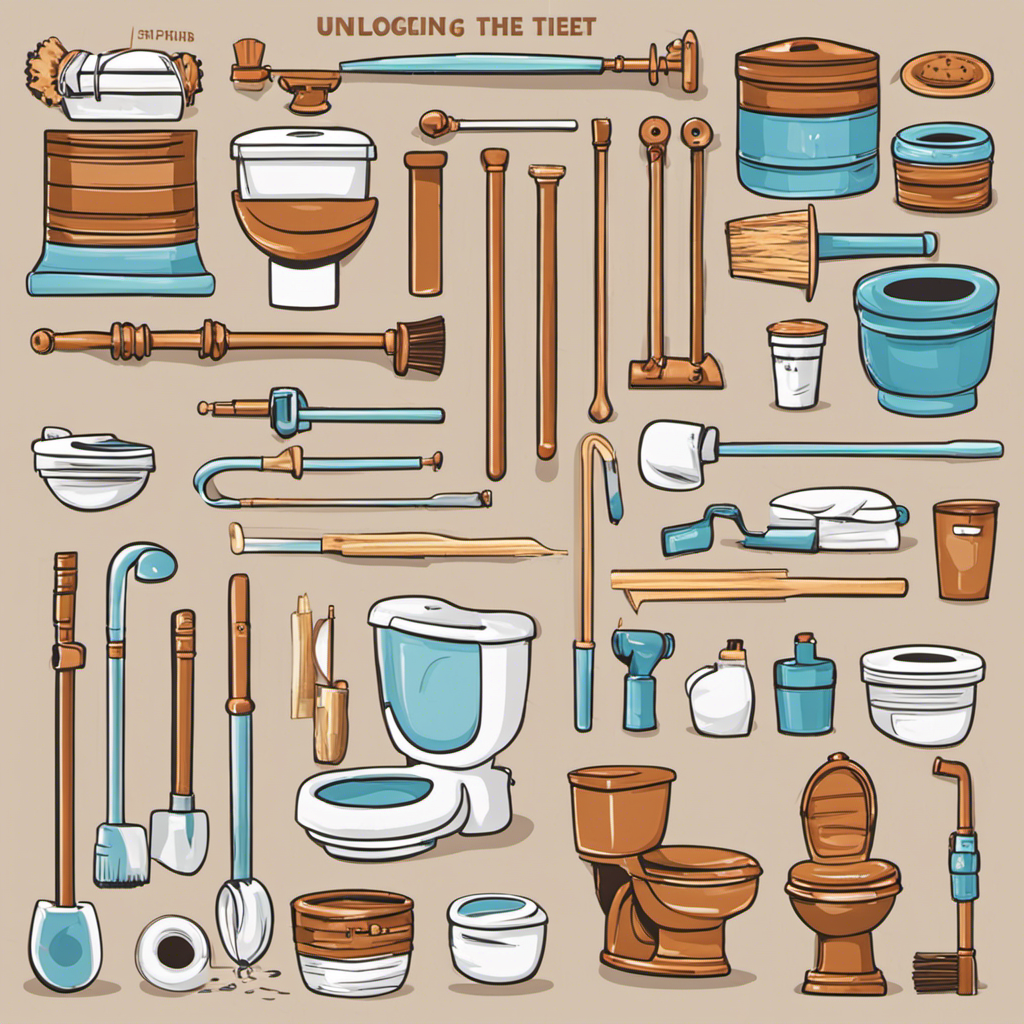Are you frustrated with your toilet’s lackluster performance? We understand your struggle.
In this article, we will delve into the common causes of poor toilet flushing and guide you through troubleshooting steps to fix the issue. From faulty flapper valves to clogged drain pipes, we’ve got you covered.
Get ready to upgrade your toilet and experience the satisfying flush you deserve. Get ready to conquer toilet troubles with mastery.
Key Takeaways
- Clogged drain pipes and accumulated debris can cause poor toilet flushing.
- A faulty flapper valve can result in continuous running water, weak flushes, water leakage, and constant refilling of the tank.
- To fix a clogged toilet drain, use a plunger or toilet auger, and seek professional help if necessary.
- Troubleshooting tips for weak flushes include checking water levels, inspecting the flapper, cleaning rim jets, and ensuring no obstructions or leaks.
Common Causes of Poor Toilet Flushing
One common cause of poor toilet flushing is a clogged drain pipe. When the drain pipe becomes obstructed, it restricts the flow of water from the toilet tank to the bowl, resulting in weak or incomplete flushing. This can be caused by various factors such as accumulated debris, mineral deposits, or foreign objects that have been flushed down the toilet.
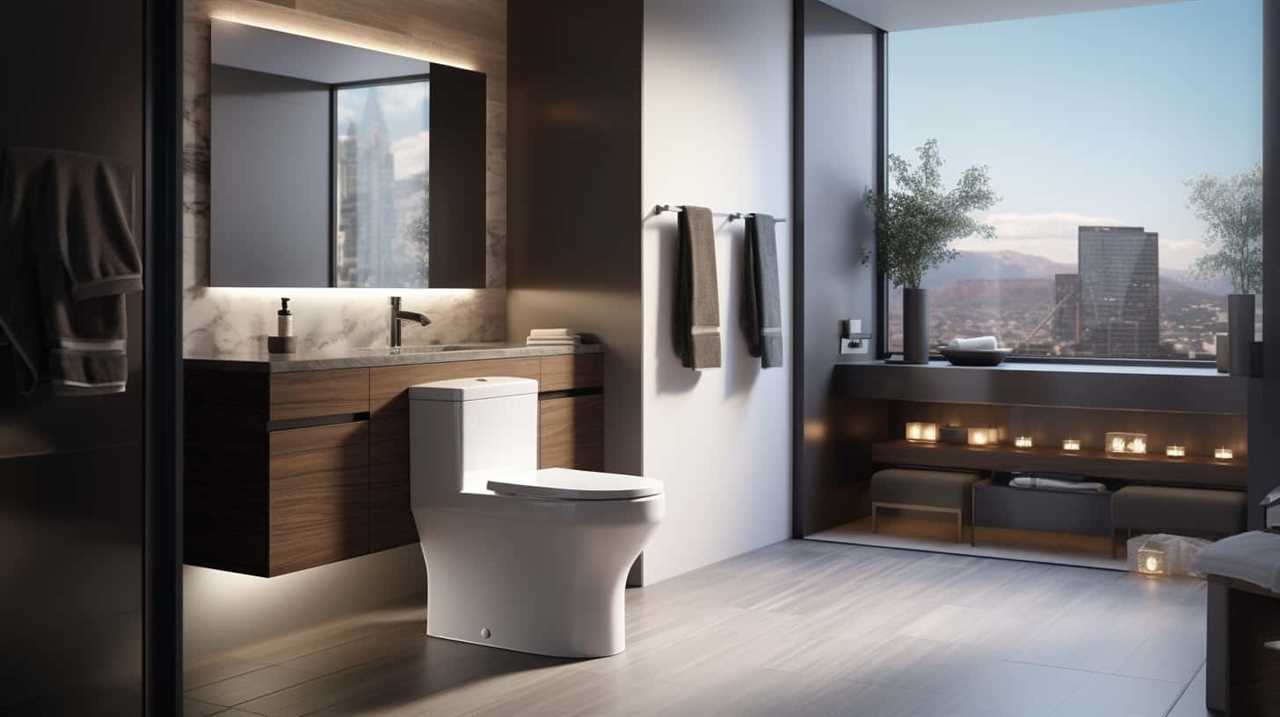
To resolve this issue, it’s necessary to clear the clog by using a plunger, a plumbing snake, or chemical drain cleaners.
Another factor that can affect toilet flushing is inadequate water pressure. Insufficient water pressure can prevent the proper flow of water from the tank to the bowl, leading to weak flushing.
To address this, it may be necessary to adjust the water supply valve or consider installing a pressure-assisted toilet system.
Signs of a Faulty Flapper Valve
We frequently encounter a faulty flapper valve as a common cause of toilet flushing issues. Identifying the signs of a faulty flapper valve is crucial in ensuring the proper functioning of your toilet. Here are some key indicators to look out for:
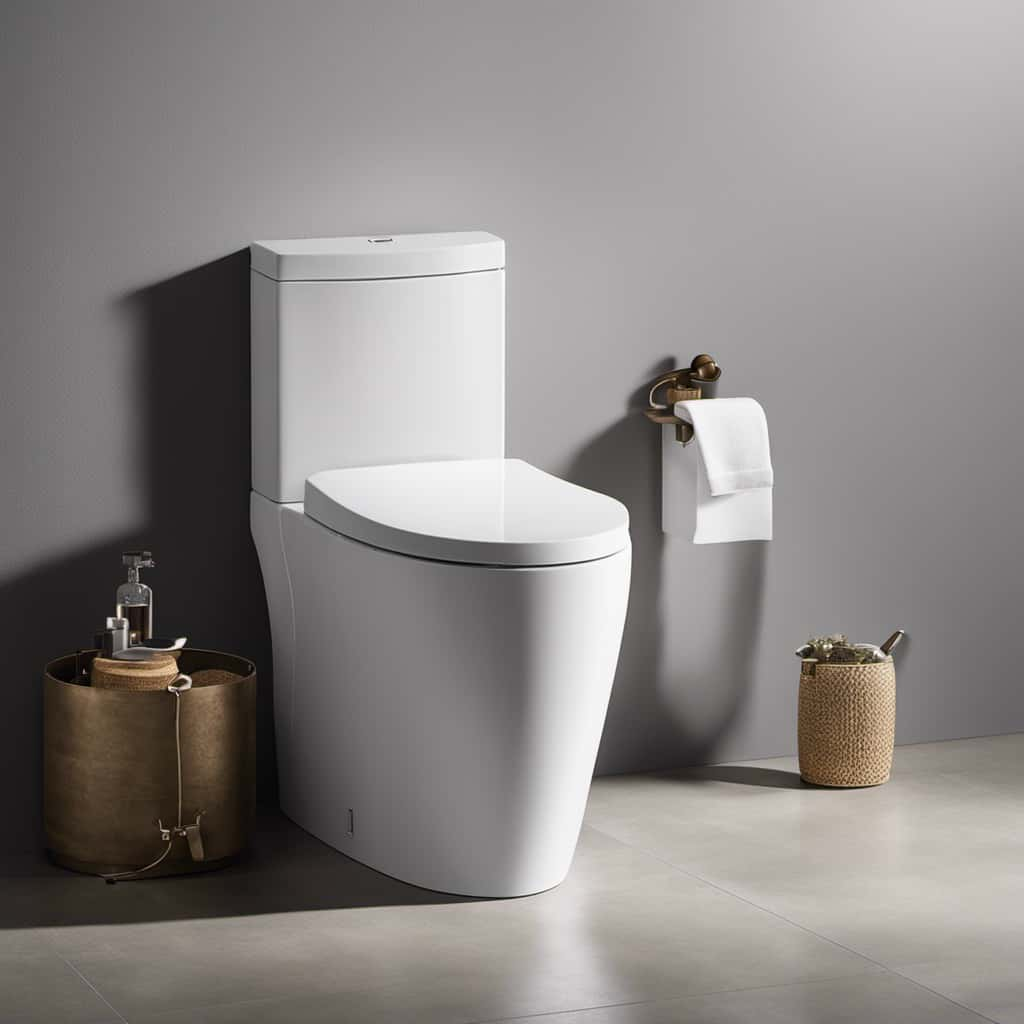
- Continuous running water: If you notice the sound of water running even when the toilet isn’t in use, it could be a sign of a faulty flapper valve.
- Weak flush: A weak or incomplete flush is often a result of a flapper valve that isn’t sealing properly.
- Water leakage: If you see water pooling around the base of your toilet, it may be due to a faulty flapper valve that’s allowing water to escape.
- Constant refilling: A flapper valve that fails to close completely will cause the toilet tank to constantly refill.
Recognizing these signs is essential for prompt toilet flapper replacement or repair. It’s also worth considering the benefits of dual flush toilets, which offer increased efficiency and water conservation.
Now, let’s delve into how to fix a clogged toilet drain.
How to Fix a Clogged Toilet Drain
To address a clogged toilet drain, let’s dive into effective solutions that will restore proper flushing.
When faced with a clog, it’s important to approach the situation with caution and follow proper toilet drain maintenance procedures.

One DIY toilet repair method involves using a plunger. Begin by creating a tight seal around the drain hole and vigorously plunging up and down. This action creates pressure that can dislodge the obstruction.
If the plunger fails to solve the issue, a toilet auger can be used. Insert the auger into the drain hole and rotate the handle to break up the blockage. Remember to use gentle force to prevent damaging the porcelain.
Troubleshooting Tips for Weak Flushes
To address weak flushes, it’s crucial to identify and rectify the underlying cause of the reduced flushing power. Here are some troubleshooting tips to help you resolve the issue:
- Check the water level: Ensure that the water level in the toilet bowl is at the correct height. If it’s too low, adjust the float valve or fill valve to increase the water level.
- Inspect the flapper: A worn-out or improperly seated flapper can cause weak flushes. Check if the flapper is closing tightly after each flush. If not, replace it with a new one.
- Clean the rim jets: Mineral deposits and debris can clog the rim jets, resulting in weak water flow. Use a wire brush or a small tool to clean the rim jets and restore proper water flow.
- Check water pressure: Low water pressure can hinder the flushing power. Ensure that the water supply valve is fully open and there are no obstructions or leaks in the supply line.
Upgrading Your Toilet for Better Performance
When considering improving the performance of your toilet, upgrading the flushing mechanism can be a viable solution. One way to upgrade your toilet for better performance is by replacing the toilet flange.
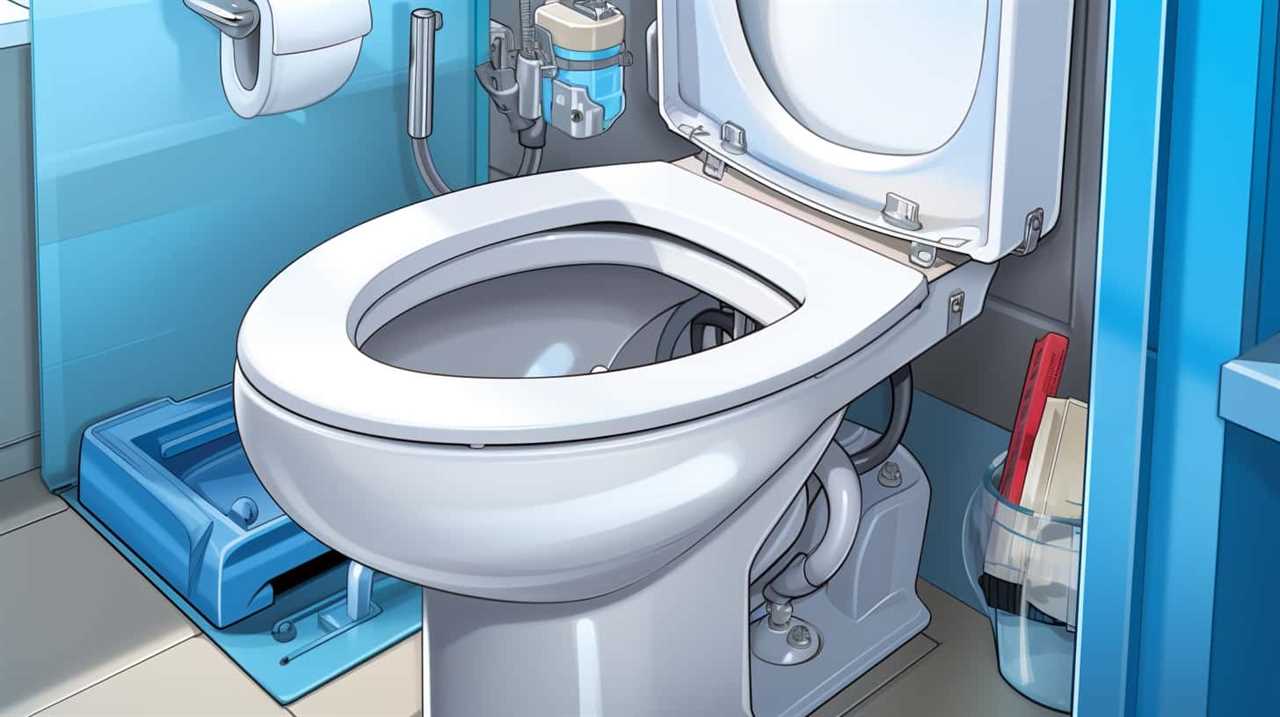
The toilet flange is the piece of pipe that connects the toilet to the drainpipe. Over time, the flange can become damaged or corroded, leading to leaks and weak flushes. By replacing the flange with a new one, you can ensure a proper seal and improve the flushing power of your toilet.
Another option for upgrading your toilet’s performance is to make water pressure adjustments. Low water pressure can result in weak flushes, so adjusting the water pressure can help increase the force behind each flush.
Frequently Asked Questions
Can a Faulty Flapper Valve Cause a Weak Flush in a Toilet?
Yes, a faulty flapper valve can cause a weak flush in a toilet. It is a common toilet flushing problem that can be fixed by replacing the toilet flapper.
How Can I Tell if My Toilet Drain Is Clogged?
To determine if a toilet drain is clogged, we inspect the drain pipe using specialized tools. Common toilet flushing problems can be caused by blockages, such as debris or mineral buildup, hindering proper water flow.
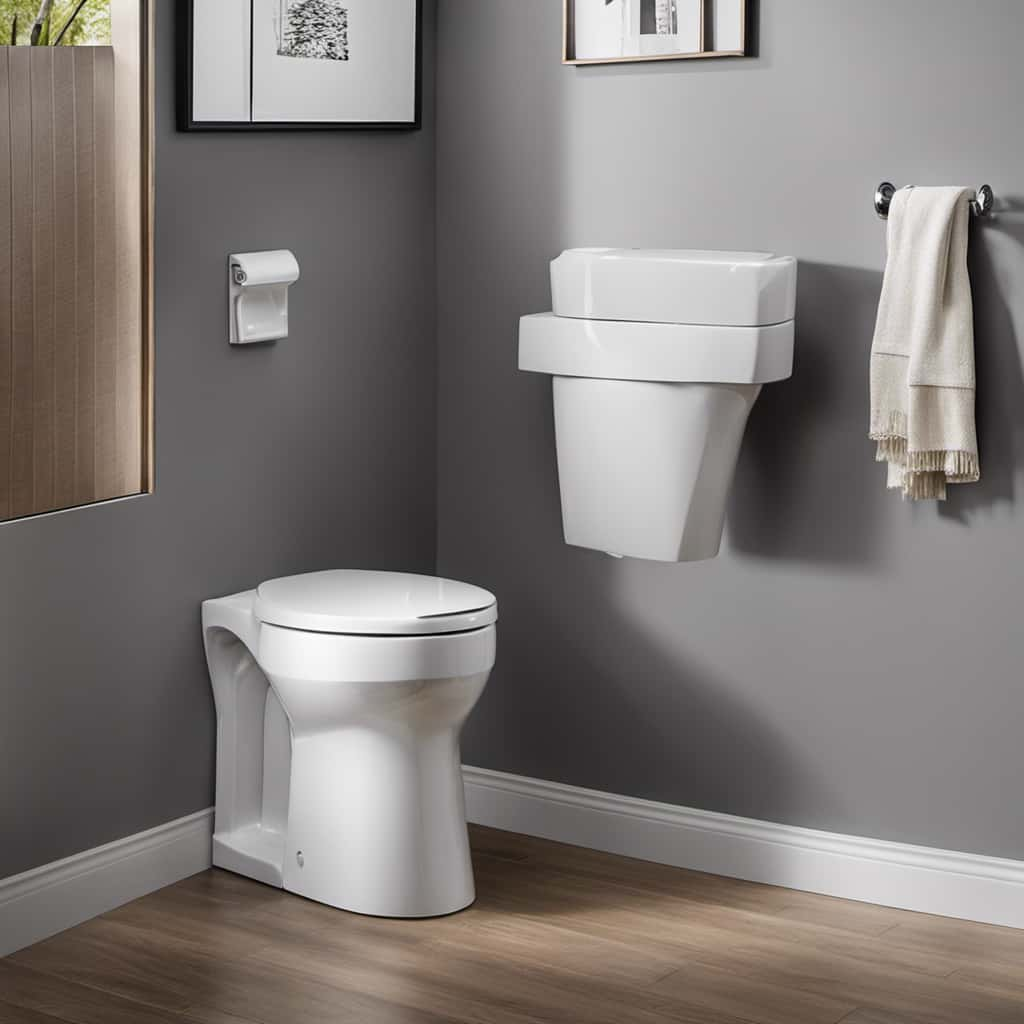
Is There a Way to Fix a Weak Flush Without Upgrading the Toilet?
To fix a weak flush without upgrading the toilet, troubleshooting common issues is essential. Some alternative solutions include adjusting the water level, cleaning the jets, or replacing the flapper valve.
What Are Some Signs That Indicate a Poor Toilet Flushing?
When the toilet isn’t flushing properly, it can be frustrating. Signs of a poor flush include a weak flow, water backing up, or the toilet not flushing at all. Check the toilet flush handle and water pressure for potential issues.
Are There Any Troubleshooting Tips for a Toilet That Doesn’t Flush Properly?
To troubleshoot a toilet that doesn’t flush properly, there are a few things we can do. First, check the toilet water level to ensure it’s at the appropriate height. Secondly, inspect the flushing mechanism for any issues that may be causing the problem.
Conclusion
In conclusion, a poor toilet flushing can be caused by various factors such as a faulty flapper valve, clogged toilet drain, or weak flushes. By identifying the signs and troubleshooting the issue, it’s possible to fix the problem and improve the toilet’s performance.

Additionally, upgrading to a more efficient toilet can provide better flushing results. Investigating the truth behind these theories can help homeowners understand the intricacies of their toilet system and make informed decisions for better functionality.




